Specification H573/1 Religious Language: Negative, Analogical or Symbolic
January 6, 2018
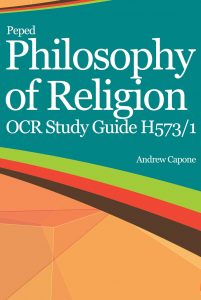 We have now produced study guides for each paper which build essay-writing (analytical and evaluative skills) step by step, and together with the handouts and marked essays on the website, provide a complete method of mastering this subject. If you need a tutor, please contact me as I have a group of experienced teachers available now. peterbaron@peped.org
We have now produced study guides for each paper which build essay-writing (analytical and evaluative skills) step by step, and together with the handouts and marked essays on the website, provide a complete method of mastering this subject. If you need a tutor, please contact me as I have a group of experienced teachers available now. peterbaron@peped.org
5. Religious Language: Negative, Analogical or Symbolic
Learners will study different views about the understanding of religious teachings, and compare the significant ideas presented in works of two key scholars.
5.1 Content
• the apophatic way – the via negativa
• the cataphatic way – the via positiva
• symbol
5.2 Knowledge
• the argument that theological language is best approached by negation
• the understanding of religious language in terms of analogy, with reference to:
– Aquinas’s analogy of attribution and analogy of proper proportion
• understanding of the language of religious expression in terms of symbol, with reference to:
– Tillich’s view of theological language as almost entirely symbolic
5.3 Issues as the basis of exam questions
Learners should have the opportunity to discuss issues related to different views of religious language, including:
• comparison of the usefulness of the above approaches to religious language
• whether or not the apophatic way enables effective understanding of theological discussion
• whether or not Aquinas’ analogical approaches support effective expression of
language about God
• whether or not religious discourse is comprehensible if religious language is
understood as symbolic
5.4 Suggested scholarly views, academic approaches and sources of wisdom and authority
For reference, the ideas of Aquinas and Tillich listed above can be found in:
• Aquinas, Summa Theologiae I.13
• Tillich, Dynamics of Faith, Part 3
Learners will be given credit for referring to any appropriate scholarly views, academic approaches and sources of wisdom and authority, however the following examples may prove useful:
• Ayer, A. J. (2001) Language, Truth and Logic, Dover Publications
• Swinburne, R. (1997) ‘God-talk is not evidently nonsense’ in Davies, B. (2000)
Philosophy of Religion: a guide and anthology, Oxford University Press
• Internet Encyclopedia of Philosophy, Religious Language,
http://www.iep.utm.edu/rel-lang/


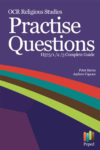
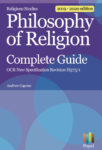
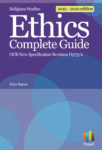
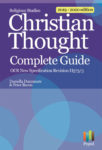
0 Comments